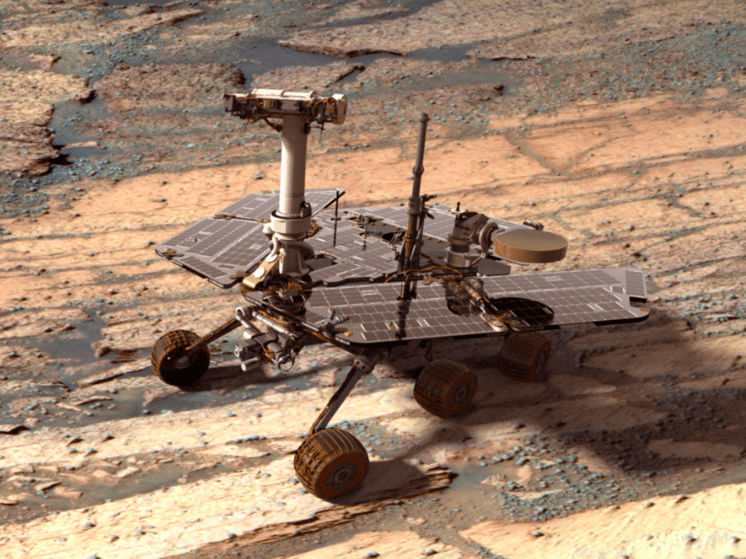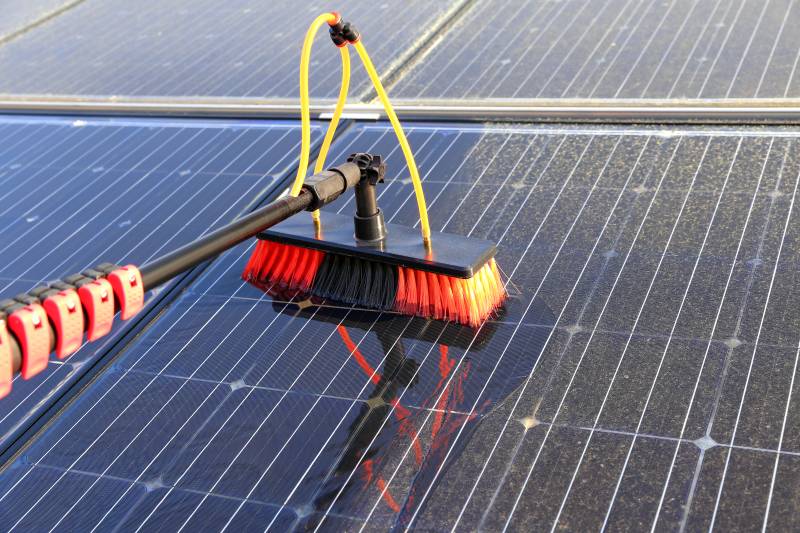As homeowners around the world continue to adopt solar energy, maximizing the efficiency of solar panels becomes a top priority. While factors like panel angle and location are frequently discussed, one often underestimated element can have a dramatic effect on performance: dust and dirt buildup. Surprisingly, some of the most compelling evidence for the importance of clean panels doesn’t come from Earth—but from the red planet, Mars.
The Martian Case Study: Opportunity Rover
NASA’s Opportunity rover, which landed on Mars in 2004, relied entirely on solar power to conduct one of the most successful space exploration missions in history. Originally designed to last 90 sols (Martian days), it stunned scientists by operating for nearly 15 years—thanks in part to an unexpected factor: wind-driven dust cleaning.
Initially, NASA engineers feared that dust accumulation on the rover’s solar panels would quickly choke off power generation. But to their amazement, Martian winds regularly blew off enough dust to keep the panels operational. These “cleaning events” effectively recharged the rover’s energy potential, allowing it to transmit data and continue exploration well beyond expectations.

What This Teaches Us About Solar Panels at Home
While we can’t rely on Martian windstorms to clean our rooftop solar panels, Opportunity’s longevity provides a valuable lesson: clean solar panels are crucial to efficiency. Here’s why:
- Dust Significantly Reduces Output
Studies and field tests show that even a thin layer of dust can reduce solar panel efficiency by 5% to 25% or more, depending on the location and conditions. In areas with high pollution, dry climates, or near agricultural fields, this can be even more severe.
Opportunity’s performance visibly dropped as dust accumulated on its panels, and dramatically improved after each natural cleaning. The same pattern holds true for residential systems on Earth.
- Maximized ROI for Homeowners
Solar panels are a long-term investment, often with a 20-25 year lifespan. If you’re losing 10-20% efficiency annually due to dust, you’re not just wasting solar energy—you’re delaying the payback period and reducing your financial return. A regular cleaning schedule, especially in dusty or pollen-heavy seasons, can significantly increase your savings.
- Better Energy Storage and Backup
Clean panels produce more energy, which is vital if your system includes battery storage or is tied to a net metering program. Just like Opportunity needed full panel efficiency to survive Mars’ long, cold nights, homeowners rely on optimized energy collection during peak sun hours to power their homes or recharge batteries.
- Avoid Long-Term Degradation
Over time, stubborn dirt, bird droppings, and pollution can chemically bond with the panel’s surface, causing potential long-term damage or “hot spots.” Opportunity didn’t suffer these effects thanks to Mars’ lack of organic material—but our rooftops are not so lucky. Routine cleaning helps preserve the panel’s integrity and performance over time.

Conclusion: Mars Shows Us the Way
NASA’s Opportunity rover serves as a stellar example—literally—of why solar panel cleanliness directly correlates to power efficiency. Just as the robot’s mission would have ended early without nature’s timely cleaning, residential solar panels on Earth suffer when left dusty and neglected.
“The Golden Window” always follows the science path. Maintaining dust-free solar panels is one of the simplest and most cost-effective ways to ensure maximum efficiency, faster ROI, and longer lifespan for your system. Take it from a robot 140 million miles away—clean panels power progress.
Let Opportunity’s story inspire not just interplanetary exploration, but how we treat our own slice of solar tech here on Earth.
